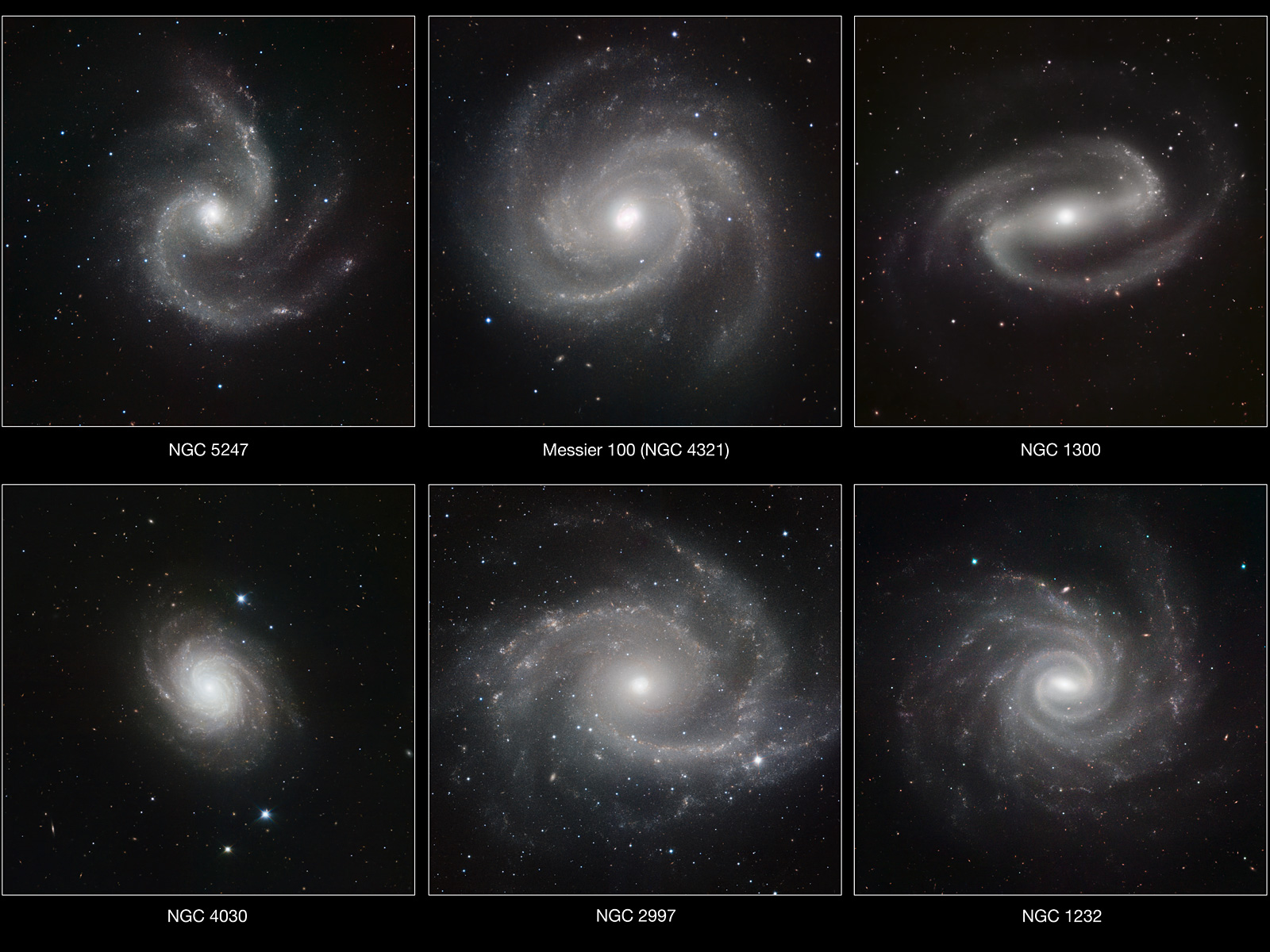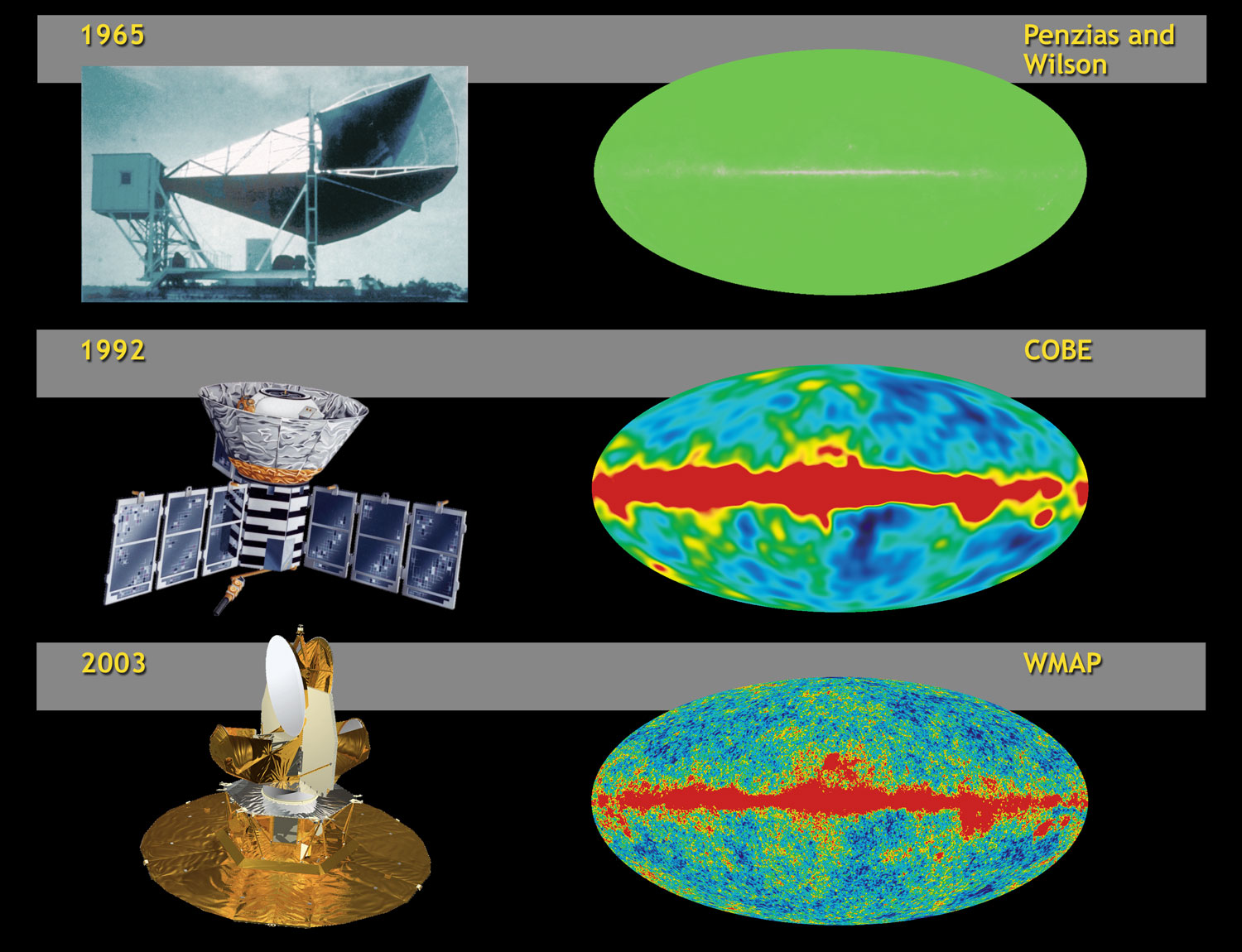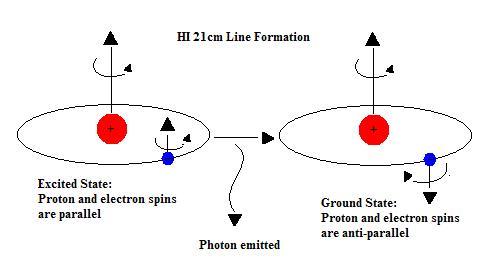Are the fundamental constants constant?
Constant struggle, relentless battle for success in an inhospitable environment - this is the price of all great achievements.
- Orison Light Marden
One of our greatest assumptions, taken during the study of the laws of nature, is that they actually turn out to be universal laws - regardless of the place and time in which we study them.

Whether we study our home planet, our galaxy, the galaxies closest to us (like NGC 4522 in the photo), or the extremely distant galaxies from us (barely distinguishable from the background), we always assume that the fundamental laws governing the universe do not matter in principle and how we measure them.
')
But this may not be the case.

We assume that in the whole Universe the laws and fundamental constants are the same - at all times and in all directions - because everything looks exactly like that.

Galaxies accumulate in the same way in all observable directions, similar gravitational phenomena occur with them, they show similar internal dynamics, regardless of the place or time of the Universe we look at. If this were not the case, we would have already wondered if the laws of gravity or even the fundamental gravitational constant, G , are changing, depending on time or place.
In the same way, if electromagnetic or quantum phenomena would change depending on a place or time, or differ depending on a direction, we could worry about our electromagnetic and quantum laws and / or constants.

Based on the limitations of the CMB, it can be shown that - from the moment when the Universe was 380,000 years old, until today, when it is 13.8 billion years old - the speed of light could change by no more than 4% - an impressive limit!
There are quite a few theoretical reasons why one can expect fundamental constants, such as Planck's constant, the speed of light, Newton's gravitational constant, to remain constant. But there is always the likelihood of small fluctuations in the values of these parameters — in time or in space. The only way to make sure is to measure them.
How to do it? In theory, everything is simple.

The most common element in the universe is hydrogen; quantitatively, more than 85% of atoms in the Universe are hydrogen atoms, even after more than 13 billion years of hydrogen combustion in nuclear synthesis in the depths of stars. The above shows the well-known atomic transitions of hydrogen. So, you can imagine such an experiment: if you measure the spectral lines of hydrogen in all directions and at different distances (and therefore, at different times in the past ), we can see whether or not the fundamental constants defining these frequencies have changed.
In practice, we can do even better.

Hydrogen emits not only the signals associated with its basic atomic structure. In particular, I speak about thin and ultrathin structures of atomic transitions and about a heavy and stable isotope of hydrogen, deuterium.

The person who developed the best technique for measuring the fine structure at large redshifts, and the world expert in this field is the Australian scientist John C. Webb . The fine structure constant is a combination of several well-known constants, including the electron charge, the Planck constant, the speed of light, and π. If one of them had changed (it is unlikely that it would be π), this would be amazing news! We spend so much time on the fine structure constant, because it was so accurately measured. Specifically, this constant, α, is equal to

Measuring this constant, Webb (and he did this even when I began to study in graduate school) takes the best of the spectra of quasars that I see. In particular, he studies the absorption lines of intermediate hydrogen gas clouds between us and the quasar. Here is an example from his work from 2002 .

If the fine structure constant does not actually change, we can expect to obtain from this spectrum the same properties for all absorbing clouds of hydrogen gas. But the Webb team found evidence to the contrary in the spectra ( 1 , 2 , 3 , 4 , 5 , 6 ).

They discovered — and they constantly discovered for more than ten years — that in the distant past the fine structure constant was slightly different, differing by a few ppm! This effect is small, but their error analysis has already been studied, verified, criticized, and still many independent sources have confirmed its correctness. Roughly speaking, they are engaged in science as it should be done.

And although the ground-based measurements show that it has not changed over the past 4 billion years, it does not mean that it cannot differ in other parts of the Universe, or it has not changed even earlier, in order to become permanent only recently. This data has yet to be explained.
Of course, all this is very contradictory data . At the moment, it seems that this data, despite their suspiciousness, is reliable. The work itself can be found at the link, and all the images are taken from it.

As you can see, the apparent variations look even larger - up to 50 parts per million - if we consider individual systems. But these are not random spatial variations. Enough data has been accumulated confirming that even if we take into account random variations, it still turns out that in one direction this constant is larger in the Universe, and smaller in the other. Now with the help of two different tools hundreds of different systems were measured, and the results were not only confirmed and stood the test of time over the past ten years, but also showed a very significant significance, of the order of 5-σ. And this is very annoying.
Why? Because they do not have a good and simple explanation! So what happens?

Recently, John Webb wrote an article about these results. In short, he developed this new data processing technique for absorption lines 12 years ago, and it is about an order of magnitude better than any other technology for measuring these variations, and, apparently, the variations turn out to be 4-5 times larger than the error. The constant varies with the direction in space, both for clouds with small and with large redshifts, and it cannot be explained using modern physics.

I do not have a good theoretical explanation for this fact. Among those explanations that can lead to such an effect that I can imagine - for example, the segregation of elements occurring in these clouds - is not physically reasonable, and, all the more, well-motivated. From the point of view of observation, I could mention at least one reason for doubt. Data obtained from two instruments - the Keck Observatory and the VLT . Although data from Keck shows a result with great statistical significance, both at small and large redshifts, data from the VLT does not show such a result at small redshifts, and does not show such a significant result at large (only 3-σ instead of 4 or 5-σ).
All that can be said about this, the authors have already said: perhaps there are some problems with this technology, or there are errors with it which we do not understand. If we had only data from the VLT, we would not have noticed anything remarkable. Only a combination of data from Keck and VLT shows a good result.
The consequences of this effect are so alarming that I tend to demand - as is the case with neutrinos that allegedly moved faster than light - extraordinary evidence confirming such extraordinary statements. What should this evidence look like? I pay tribute to John Webb for the excellent description of exactly those two things that I would like to see:
Similar measurements in the future, led in two opposite directions, will maximize the detection sensitivity, and repeating measurements on two independent telescopes will better limit their systematics. More importantly, an independent measurement technique is required to verify these results.
After they have determined the direction of these variations of the fine structure constant, in these directions you need to look with a few tools! If all instruments have a similar large and independent effect, we will know that it’s not a defect in the instrument and not a small number of sources.
If we take such measurements and the effect remains, then we will have all the reasons for confidence in our achievements. But still it may be a strange artifact of this technique, even if it is not clear why this is happening. So, for verification, it is also necessary to find an independent measurement technique.

For this, it is necessary to use an even more accurate transition instead of atomic absorption lines - a 21cm radio link of neutral hydrogen ! It can potentially be even more accurate than the Webb technique, and can measure intermediate gas clouds that are already at a distance of the CMB with a redshift of up to 1089 (compared to this, the current “large redshift” of 3 or 4 looks ridiculous) . But at the moment such a measurement can limit the fine structure constant to only a few thousandths. In practice, to obtain such accuracy, financial influences are needed that are beyond reason.
Perhaps because of this, Webb ends his article so sadly:
As I wrote at the beginning, no one yet believes us, and we have a long battle ahead. Sometimes it seems to me that I may not live to see evidence. The work is technically difficult and requires obtaining a very large amount of data from very expensive research stations, and their analysis takes a lot of time and effort. But sometimes I am more optimistic and remind myself that now I am alive and well, and I am working on it.
Still, this is a very unusual application, but it was made not because someone did something crazy. It is made because someone did something amazing that only looks crazy! So these statements do require extraordinary evidence, but it is precisely those who are engaged in this field who are looking for them. Can't wait to see how it all turns out!
Source: https://habr.com/ru/post/373269/
All Articles